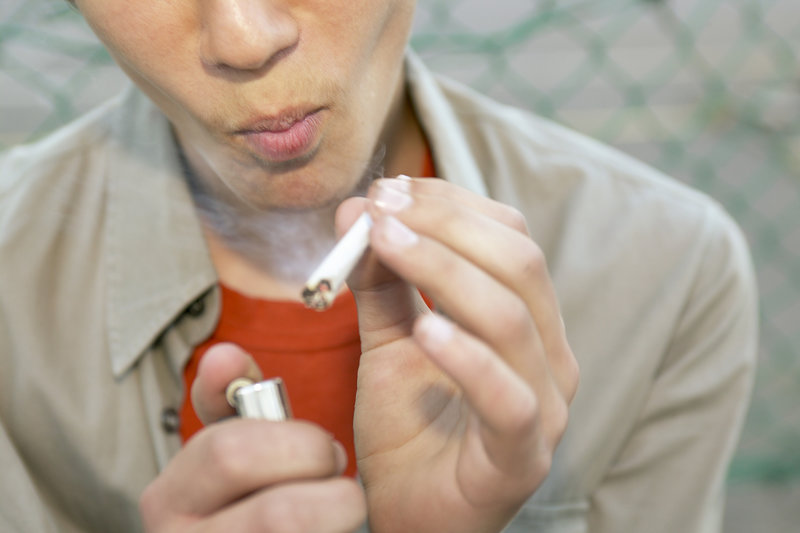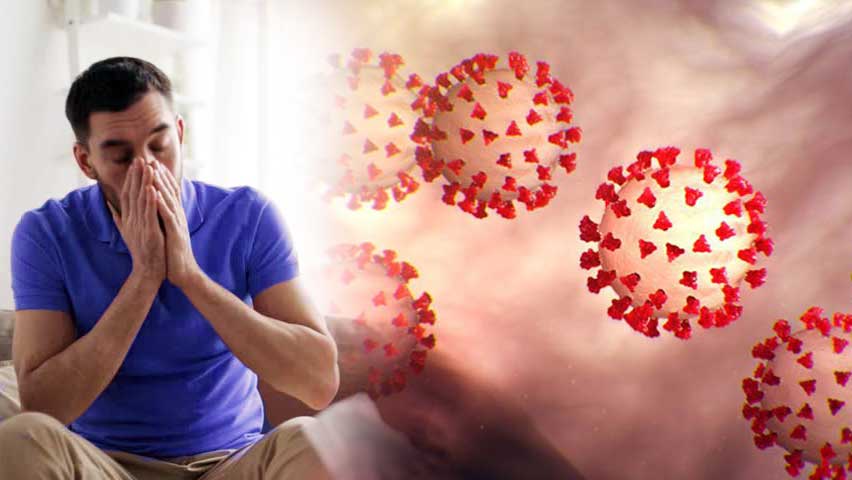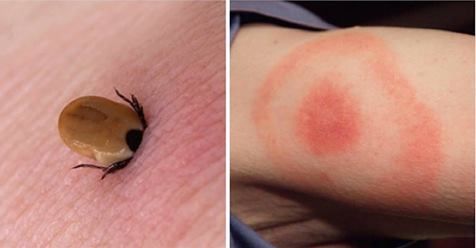According to a new study released by the National Institutes of Health (NIH) on December 14, one out of every 15 high school students smokes marijuana on a near-daily basis. While that amount marks a 30-year peak in marijuana usage, teens’ use of alcohol, cigarettes, and cocaine continues to slowly decline.
The popularity of marijuana, which is now more prevalent among 10th graders than cigarettes, reflects what drug officials and researchers describe as a growing perception among teenagers that habitual marijuana use carries little risk of harm. In states like California where medical marijuana outlets are widespread and obtaining the drug is not difficult adds to that perception.
The study, known as the Monitoring the Future survey, is financed by the NIH; the study group was comprised of more than 46,000 students nationwide. Approximately 25% of 8th, 10th, and 12th graders who participated in the study reported using marijuana in the past year, up from about 21% in 2007.
R. Gil Kerlikowske, the federal drug czar, noted that he believed the increasing prevalence of medicinal marijuana was a factor in the increase. He explained, “These last couple years, the quantity of attention that’s been given to medical marijuana has been huge… And when I’ve done focus groups with highschool students in states where medical marijuana is legal, they say, ‘Well, if it’s called medicine and it’s given to patients by caregivers, then that’s really the incorrect message for us as high school students.’”
Mark Baumgartner, the director of inpatient treatment services at the Betty Ford Center, a drug and alcohol rehabilitation center in Rancho Mirage, California, said it was “not uncommon” for young adult patients to point out up with medical marijuana cards, which may be obtained to treat conditions like chronic pain or migraines.
The NIH report also revealed that a mix of herbs and chemicals known widely as “spice” or “K2” may be a synthetic marijuana that mimics the intoxicating effects of herbal marijuana; this substance has rapidly gained popularity among teens. One in every nine highschool seniors reported using it within the past year; most of them also regularly used marijuana. Another indicator of the synthetic marijuana’s popularity: poison control centers received 5,741 calls about it through October 31 of this year—a rate almost double of that for all of 2010. This was the primary year the report asked students about their use of synthetic drugs.
One reason that the synthetic drug has become so popular is that until recently, it had been sold legally, often as “herbal incense,” in convenience stores, gas stations, and various internet sites . However, last March, the Drug Enforcement Administration (DEA) declared several chemicals in synthetic marijuana Schedule I drugs, banning them for a year. Congress is now considering legislation that might ban the substance permanently.
“If you ask school superintendents and principals, they’ll tell you about their concerns that these things was being sold a block faraway from their schools,” noted Mr. Kerlikowske. He added, “High school students probably think it’s not dangerous. But we all know from the calls to hot lines, emergency departments and poison control centers that these things really is dangerous. It just really wasn’t on parents’ radar screens.”
While the use of in marijuana and synthetic marijuana has soared, the use of many other substances has decreased. The report found declines in the use of crack, cocaine, over-the-counter cough and cold medicines, sedatives, tranquilizers, and prescription drugs such as Adderall and Vicodin. About 1.7% of 10th graders and 2.6% of 12th graders reported using cocaine in 2011. For 2011, however, about 5% of 12th graders reported using ecstasy in 2011—an 1% increase from 2010.
The report also noted that heavy drinking among high school students has also fallen over the past 20 years. From 1991 to 2011, the proportion of eighth graders who reported drinking in the previous 30 days fell from 25% to 13%. Among 10th graders, it has fallen from 43% to 27%; among 12th it has fallen from 54% to 40%. The percentage of students who reported binge drinking fell from 20% to 13.6%.
About a third of teenagers reported that they consume energy drinks such as Red Bull, with use highest among younger students. A slight decrease in energy drink consumption was found between 2010 and 2011; 10-20% of high school students reported drinking one or more energy drinks daily.



